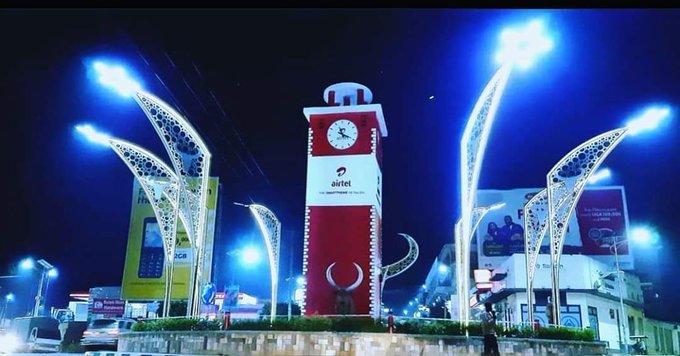Mbarara, a city in southwestern Uganda, has seen significant growth and development in recent years, making it one of the fastest-growing cities in East Africa. The story of Mbarara’s rise to prominence is one of vision, determination, and collaboration among various stakeholders.
The story begins with a group of community leaders and business people who recognized the potential of Mbarara as a hub for trade, commerce, and tourism. They realized that Mbarara’s central location made it an ideal transit point for goods and services between Uganda, Rwanda, Burundi, and the Democratic Republic of Congo.
CLINK HERE TO SEE MBARARA CITY IN THE 1960’s
To capitalize on this potential, the community leaders and business people formed partnerships and invested in infrastructure development. They constructed new roads, improved the water and sanitation systems, and expanded the airport to accommodate more flights.
At the same time, Mbarara was experiencing an influx of young people who were seeking higher education and job opportunities. The city had several universities and colleges, and its proximity to Kampala, the capital of Uganda, made it an attractive destination for students and professionals.
The presence of these institutions of higher learning also spurred the growth of a knowledge-based economy. Tech startups, software developers, and other knowledge-based enterprises began to emerge, attracted by the city’s growing pool of talent and relatively low cost of living compared to Kampala.
The city’s government also played a critical role in its growth and development. They developed policies and regulations that encouraged investment, streamlined business registration, and provided incentives for companies to relocate to Mbarara. The government also invested in social services such as healthcare, education, and housing to improve the quality of life for residents.
The efforts of the community leaders, business people, and the government paid off, and Mbarara began to attract the attention of investors and entrepreneurs from across East Africa. The city’s growing economy, coupled with its central location and ease of doing business, made it an attractive destination for both local and foreign investors.
Today, Mbarara is a vibrant and dynamic city that continues to attract people from across the region. Its population has more than doubled in the past decade, and its economy has diversified, with a growing presence in the service and manufacturing sectors. The city’s leaders are committed to building on this success and ensuring that Mbarara remains a hub of innovation and opportunity for years to come

